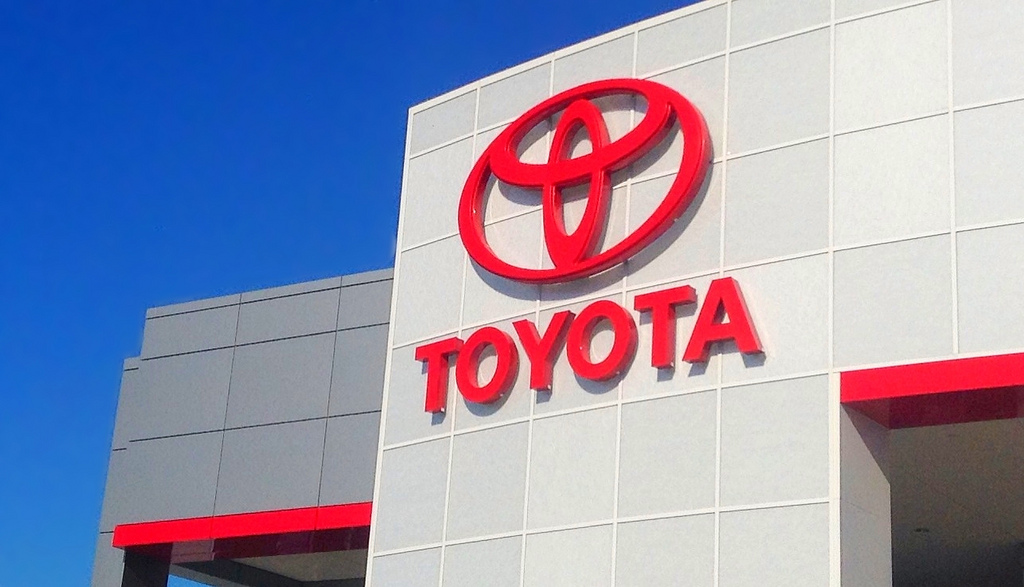
Since time immemorial, we have been mesmerized by the “Whys”.
Remember when you were last spoke to a three or four year old? What were the questions which she loved to keep asking, ad infinitum, till it drove you crazy?

Since time immemorial, we have been mesmerized by the “Whys”.
Remember when you were last spoke to a three or four year old? What were the questions which she loved to keep asking, ad infinitum, till it drove you crazy?
What is the fastest growing yet often neglected consumer group? One that has contributed to a demographic bulge of about 77 million people in the US?
Yes, I’m talking about the Baby Boomers, i.e. those born from 1946 to 1964. Hitting their silver years over the next decade or so, Baby Boomers represent the largest age-related demographic group in the world today. In China alone, it is predicted that the 50+ marketplace will swell to a staggering 525.8 million people by 2025.
With a population of 1.3 billion sprawled over a gargantuan 9.6 million sq km, the People’s Republic of China is widely known as the factory of the world. The middle kingdom’s dominance of global economic and socio-political affairs is impressive, with many regarding them as the “factory of the world”. Its ability to mobilise epic resources to achieve ambitious goals are also much-lauded.
However, what is the average Chinese person really like? What elements constitute the building blocks of China’s society – the very essence of being Chinese?

P&G researchers study customers where the action truly is (courtesy of Science in the Box)
Marketing research is a huge cannon in any marketer’s arsenal. Or is it?
The weapons of choice? Street surveys, focus group discussions, straw polls, online surveys, telephone interviews, and behavioural observations. Supplement these with secondary (desktop) research findings published by research houses and voila!, you’ll have the makings of a great marketing strategy.